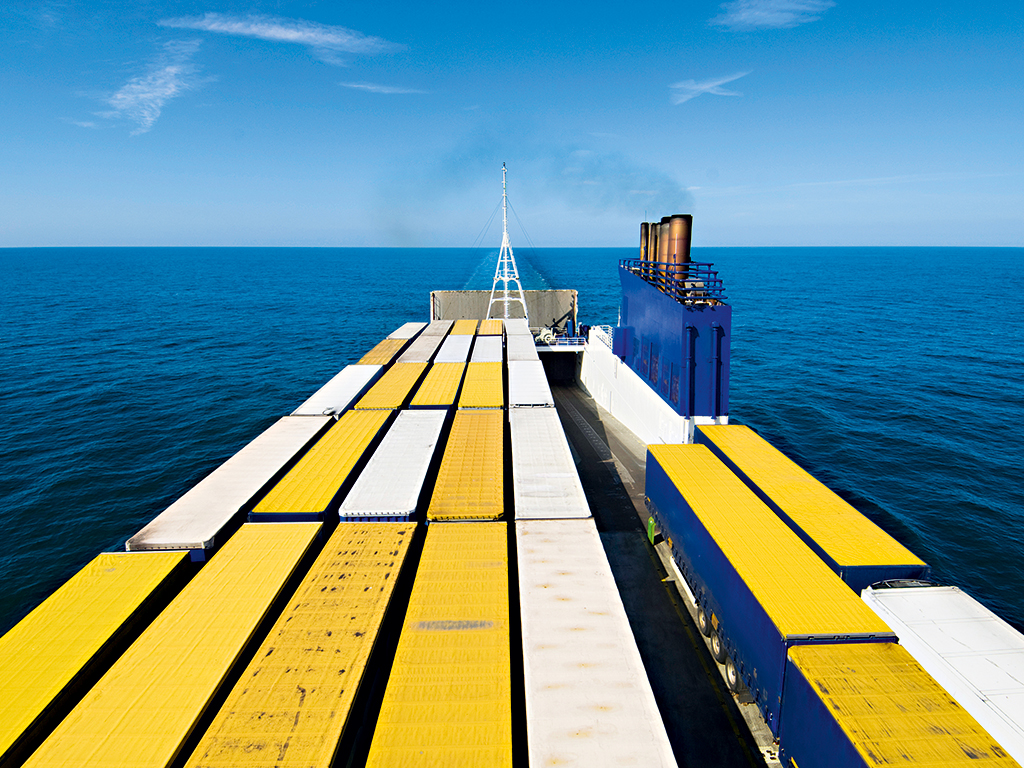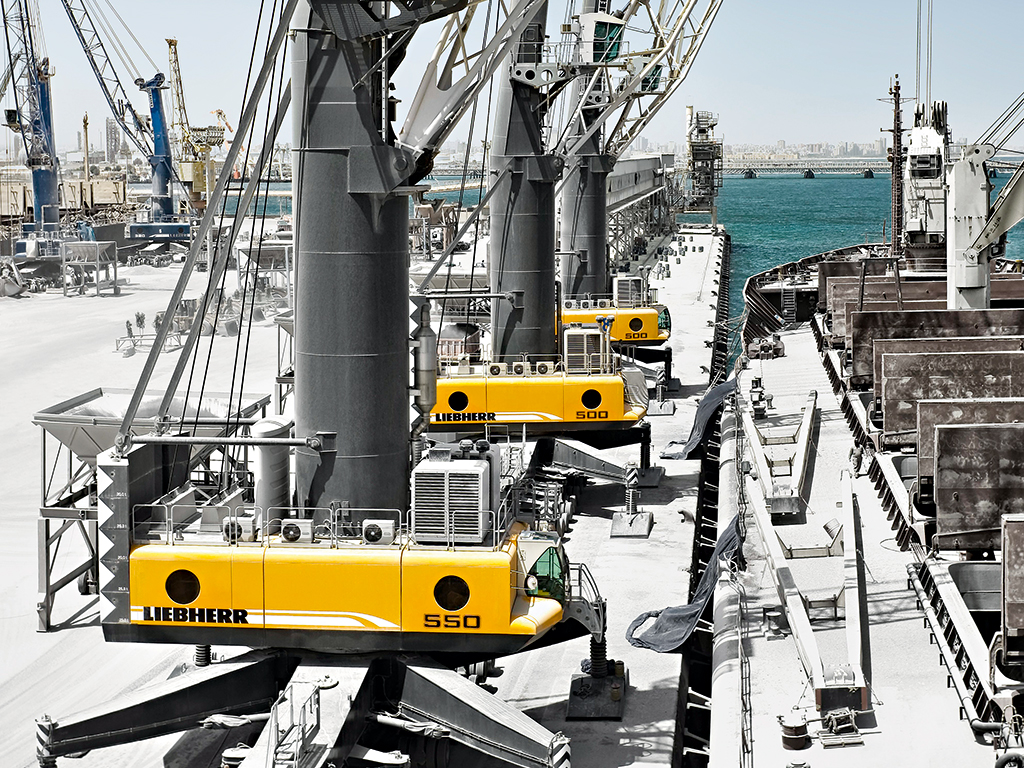PEMA gives shipping industry a united voice
Shipping has enjoyed a resurgence in recent years – partly due to the Port Equipment Manufacturers Association, which has given a united voice to the industry

PEMA was founded in 2004, and has been acting as a single voice for the shipping industry, commenting on matters relating to technology, energy and environmental efficiency issues
Such an integral part of the world’s economy, the shipping industry underpins the trading relationships of many regions. Although people tend to think of colossal cargo ships when discussing the industry, the surrounding infrastructure to which these vessels travel is equally as important.
The ability of ports around the world to cater for such high quantities of freight – quantities that have been steadily rising since the 2008 financial crisis slowed the industry to a crawl – means a coordinated strategy must be in place to ensure equipment is standardised and up-to-date.
PEMA has acted as a catalyst for reform over the last decade, helping shipping dramatically improve its environmental impact, safety issues and costs
Fortunately, an industry association has grown over the last decade that has brought together all the key stakeholders in shipping, ports and technology, so a united voice is heard when issues arise. The Port Equipment Manufacturers Association (PEMA) is the leading organisation for the port equipment industry, and has spearheaded many of the reforms and modernisation drives seen over the last few years.
United front
Founded in 2004, PEMA acts as a single voice and forum for the port equipment and technology industry. A non-profit organisation that is incorporated under Belgian law, PEMA has grown over the last decade to be the most prominent voice for the industry. Leading companies that were part of the initial launch of the organisation include Bromma Conquip, Hyster Europe and Konecranes. They have since been joined by a number of firms that operate in the port market, as well as those that make related equipment. This was in part done as a result of a change in PEMAs constitution in 2008, which allowed technology providers and consulting companies to join.
The group’s former president, Christer Granskog, says the need for the industry to discuss new trends and issues led to PEMAs formation: “We established PEMA because we identified a need for peer-to-peer dialogue in the industry, and the need for a mouthpiece for equipment manufacturers.”
PEMA’s current president, Ottonel Popesco, describes the body as integral to the industry: “As a trade body representing the interests of the international port handling equipment and technology sectors, our mission is to promote and support safe, secure, sustainable and productive ports. We also strive to forge strong, long-term relationships with all relevant stakeholders, and we help to define best practice within the communities that we serve.”
The group describes its mission as ensuring the port equipment and technology sectors are able to create a safe, secure and sustainable network of ports that serve the global shipping industry. Its focus has been specifically on safety, security, productivity and protecting the environment. Through a steady supply of research papers, surveys, educational events and forums, PEMA is able to make a positive, neutral contribution to the knowledge of the industry, ensuring there is a framework for best practice.
PEMA has published regular industry surveys since 2007, providing an overview of the themes and issues seen by port equipment and technology manufacturers across the world. The regular industry guidelines and recommendations it publishes are continually being updated, and help to provide operators and key stakeholders with a platform from which they can act.
Since 2011, PEMA has released its regular Information Paper series, which highlights key trends and developments in the industry. So far six have been produced, on the subjects of: radio-frequency identification in ports and terminals; energy and environmental efficiency issues; container terminal yard automation; the use of optical character recognition technology; weighing containers; and the electrification of rubber-tyred gantry (RTG) cranes. Forthcoming studies will look at tyre selection and maintenance, crane operator safety, collision prevention in terminals, and the use of laser technology.
$2.05trn
world trade value, 1980
$6.4trn
world trade value, 2000
$18.4trn
world trade value, 2012
PEMA arranges regular educational events, which encourage key industry players to mix with students. It has also developed a ‘Student Challenge’, which pits student teams against each other to produce a case study on a particular issue. The scheme was originally launched in cooperation with the Blekinge Institute of Technology, the Deft University of Technology and the University of Hamburg.
Environmental efficiency
With environmental policy playing an increasingly important role in how the world operates, the shipping industry has to make a number of changes to the way it works. PEMA’s environmental committee helps to decipher the regulatory changes the industry must comply with in order to be a more sustainable energy user and have less of an impact on the surrounding environment.
Modernising the equipment within ports is essential to bringing down the amount of carbon that is emitted, as well as improving efficiency. The group’s recent study on electrifying RTG cranes is seen as a breakthrough for the industry, and one that will be taken up by many leading ports. Popesco said the recent report highlighted the need for more energy-efficient ports and terminals. “Energy efficiency and reducing carbon emissions are two objectives that the world’s ports and terminals are taking steps to achieve through the electrification of RTGs, and an area where PEMA is able to raise awareness and provide information on technological alternatives.”
The importance of safety within the industry for workers is also an integral part of PEMA’s remit. The organisation is passionate about improving standards so workers in ports around the world can enjoy the same levels of safety. Stephan Stiehler, Strategic Industry Manager of Ports & Cranes for SICK and Chair of PEMA’s safety committee, says that, while things have improved, more can be done: “The risk of injuries and loss of life, as well as damage to equipment and cargo, is still very real in port and terminal operations worldwide, even though the situation has improved significantly in recent years. We believe that this level of risk is unacceptable because technologies exist that can dramatically improve safety. Our common aim as port equipment and technology experts is to help reduce injuries, damages and enable better risk management.”
All these issues are bound by the need to invest in developing new technologies for the port equipment sector. PEMA’s Technology Committee Chair, Allen Thomas, who is also COO of APS Technology Group, said it is the area that will improve both the environmental impact of the industry, as well as the safety concerns surrounding it. “Technology is the uniting force connecting our modern port landscape and the extended supply container chain. Technology lies at the heart of the safety environmental and operational improvements that are dramatically changing the competitiveness of port operators, their customers and the communities they serve.”
PEMA has acted as a catalyst for reform over the last decade, helping shipping dramatically improve its environmental impact, safety issues and costs. Popesco says this would not have been possible without a unified voice. “With our growing membership and expanding range of activities, [PEMA] is well positioned to play an important role in ensuring that port equipment and technology providers have a clear, unified voice in the industry; and that as a body we can make a genuine difference in improving the safety, security, efficiency and sustainability of the world’s ports and terminals.”














